|
Hope on over to our AWARDS page to get your nominations in for the 11th annual CompassIntel awards. Let us know if you have any questions, just simply email us directly at [email protected]. IN THIS EPISODE, STEPHANIE TALKS ABOUT THE HYPE BEHIND EDGE COMPUTING, THE FUTURE OF IOT, THE IMPORTANCE AND APPLICATIONS OF AUTOMATION, AND PROVIDES ADVICE FOR WOMEN WORKING IN TECHNOLOGY.
It's back to school and that means businesses are planning for 2020 and thinking about what's next and the important tech indicators for their business or organization. Compass Intelligence has kept a close eye throughout 2019 to stay on the pulse on key B2B trends, including tech leader focus areas and what is keeping CIOs up at night.
In a nutshell, here are some highlights:
Securing the Perimeter Security remains a top concern for CIOs and other tech leaders, as there are ZERO businesses or governments fully secure. The most trusted companies and industries in the world have experienced major breaches over the past year including the likes of Equifax, Capital One, First American Corporation, Centers for Medicare & Medicaid, and even the U.S. Postal Service. As we connect more "things" to the network and even sensor systems that may even be connected over WLAN or WiFi open the business or government entity up for vulnerabilities and increased risk for hacking, business disruption, and personal data breaches. The challenges are the various areas of attack and variety of IT and network security, as well as IoT security vendors and products/services, that are available. The challenge for companies and government is many times this priority in investment in security (cyber, network, IoT, systems, etc.) sometimes pushes innovation out the door, as funds are tied up in maintaining and disaster preparedness as opposed to automation and advanced technologies. Preparing and understanding risk is an important first step. Minimizing Code As corporations and big government (across all sizes of business or org) lean more on software and applications, DevOps becomes a critical area of priority. As such, IT leaders and CIOs continue to evaluate and adopt low code and no code solutions to customize, adapt, and integrate back office and client-facing applications. This includes everything from cloud management to logistics management to traditional IT systems management. Businesses are turning to low code solutions in an effort to more quickly act and respond to internal and customer-first issues, and that includes from initial design to full deployment. No code may include simple GUI interfaces for drag and drop, click and add or modify, and other tools to quickly develop...helping IT organizations better serve their companies or organizations. Vendors such as Appian, Salesforce, and Microsoft are just a few companies offering low code to no code developer services. Managing Data to Benefit the Business Before we even begin to do BIG things with the data we are collecting and storing, we must first implement a data governance strategy and maintain an overall policy for securing and protecting precious client and proprietary corporate or government data. This means we need to inventory and make decisions on the data we are storing/collecting, understand why it is important, set priorities and align with overall business strategy, and make decisions on insights and intelligence needed for business operations or client/service efficiencies and improvements. We find many companies are collecting and storing data in the cloud but are doing very little with the data. There has to be a real business reason to manage data whether that be compliance, legal, customer service, operations, logistics, etc. Data governance centers around access, priority and use, intelligence and protection, while policy sets the stage for responsible parties, responsible vendors/applications, priority of service, quality, and overall rules and ways the data will be managed. To learn more and get access to recent ICT and workforce research, please visit recent research and reports by Compass Intelligence.  In late June, a group of analysts (including myself) and consultants attended the annual Sprint Business Analyst Day in New York. This event provides an update on the business group including business wireless products and services, wireline (yes they are still operating in this space!) services, and of course IoT solutions. The theme this year was focused on how Sprint Business connects people, places, and things or branded as #worksforbusiness. We kicked off the event the first evening at The Knickerbocker Hotel with a reception to meet, greet, enjoy roof-top beverages and food. Jan Geldmacher (@JanGeld), Sprint Business President, kicked off the evening with a few words on expectations the next day, and a highlight of the sessions and content. The evening was enjoyable meeting up with old colleagues, fellow analysts, good friends, and catching up with Sprint executives. The next morning was held at Sprint's NY offices with a slightly wet commute a few blocks away as the rain helped wake up our day. Mr. Geldmacher again kicked off our morning sharing again the highlights of the day and thoughts on 5G network progress, merger expectations, IoT solutions, and more. Jan stressed his high expectations of winning merger approval, along with the challenges of attorney generals suing yet sharing of the job growth that the merger will bring. Sprint Business reached 17% year over year growth in gross adds, with net adds up 34% y-o-y despite experiencing higher churn compared to competitors. Geldmacher mentioned focus areas and goals including increased contribution from Sprint Business with improved convergence of organization for selling across portfolio, stating the organization will continue the "Sprint Way of Selling" (i.e. solution selling focus, & automation/digitization of operations). Geldmacher shared they are working government and local companies including Peachtree Corners, GA and Greenville, SC on 5G and/or IoT use cases including Autonomous Vehicles. 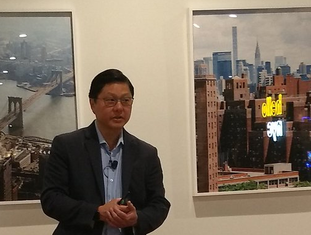 Next up, we heard from Dr. John Saw, CTO of Sprint (@SprintCTO), who shared their mobile 5G progress. Sprint continued to roll out 5G in several cities using massive MIMO antenna systems (assets include 2.5 GHz spectrum assets) noting in Dallas, Houston, Atlanta, and Kansas City (4 cities currently, with 5 cities coming online soon) there are over 1000 sq miles already covered with 5G. Meanwhile AT&T and Verizon are leaning on mmWave a 5G coverage approach. The primary differentiator is the ability to serve Advanced LTE and 5G customers simultaneously on a single existing antenna in split mode. Sprint essentially has an advantage on leaning towards its heavy spectrum assets to provide 5G network leadership, which will in turn be better for businesses and government. Outside of mass IoT and business use cases, 5G also brings consumer use cases noted Saw...sharing mobile gaming use case leveraging 5G and Hatch (spinoff from Rovio) edge computing centers and Sprint infrastructure. (See related article: https://www.section.io/blog/edge-computing-gaming-benefits/) 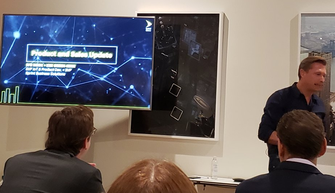 Ivo Rook, Sprint Business SVP of IoT and Product Development, provided an update on overall Sprint Business activities, IoT, and Sprint Curiosity (TM)...OS, Platform, and Core), and placing Sprint outside of being just a wireless operator but focused on software and AI. Rook shared more on bringing data to the edge, going global, a focus on talent/training, deal pipeline growth, nationwide Cat M, and #smartcities partners including AWS @awscloud, Mapbox @Mapbox, Spireon @Spireon, Nauto, Arm @Arm, and Dynamics @dynamicsinc (recently signed). Sprint closed smarty city deals with Peachtree GA, Phoenix, AZ, Detroit MI, Greenville, SC, and Sacramento, CA. Rook also noted growth in SMB customers, up 24%, transitioning clients off CDMA. 5G was also a source of discussion, especially as it relates to autonomous vehicles (AV), where 5G can increase accuracy from 9 feet to 1 inch stated Ivo. Ivo shared 4 primary focus areas along with 5G emphasis including communication, security using #AI, engagement between colleagues, and client communications to enable business. Additional 5G use cases may include mobile wireless access points, #enterprise wireless backup, and #SMB collaboration. The software and AI discussion continued as #AI application=reduce production costs stated Rook. #ArtificialIntelligence is expected to balance accuracy/speed providing relative #context to intelligence. New AI products announced include #Sprint Secure AI, Sprint Secure Mobile AI, and Sprint Smart Messaging all with a focus on reducing human intervention with #flatfee incentives and #endpointsecurity. Sprint Smart Messaging is helping #restaurants recapture lost reservations and field missed calls (great restaurant use case). Kim Green-Kerr, SVP of Sprint Business, was also a speaker and shared live client examples of new #Sprint #AI products and solutions, with a highlight of service industry use case. She shared 60% of service industry experiences missed calls result in lost business to other companies or vendors (hair salons, restaurants) and Kim stated Sprint can help recapture #lostrevenue #lostcalls #lostbusiness using #AI #artificialintelligence (Sprint Smart Messaging). While sharing customer examples, Kim (@KimGreenKerr) introduced client Ron of @NationwideComm1 NCL Networks to share his experience working with Sprint Business. Ron mentioned NCL Networks maintains the largest base of Business Placement Outsourcing #BPO clients and nearshore and offshore customers in #singapore #philippines #manila #cebu sharing successes #3nodes.
Kim wrapped up by sharing a demo on Sprint Solutions Customization Tool which supports in helping those browsing #IoT solutions to a #guidedsell approach. This easy approach to find solutions, enables a no rep sale with #IoTFactory and can run full decision and close deal online #CuriosityMarketplace. Partners include Spireon, Mapbox (Using Live mapping with @Mapbox @ericg and Curiosity(TM) platform, designed for people and things, rich data sets, near real-time intelligent data), among others...Sprint is also working with @Accenture Innovation Centers, running #Curiosity #IoT. Curiosity and Sprint's IoT Factory (launched in May 2018) continues to experience progress, noting after the launch of the #IoT Factory the focus is to (1) Engage with Developer community (2) Gather and learn from Insights in how customers think with IoT (3) Produce IoT Leads. IoT factory currently has 26 solutions added on Factory 2.0 with 368 activations in FY19, also sharing 42 new customers (added in Q1), 127% sales growth (QoQ). #SprintCuriosity is live in #SanJose and #Ashburn with data collection nodes in 10 cities now, rolling out on weekly basis. The goal is to get data to the core (#SDN) as quickly as possible (19 Intelligent production nodes (Uber and Accenture)). #closetocustomers #sensordata #mL #AI Sprint is launching #Curiosity Labs, a public-private partnership (#3Ps #PPP) with Peachtree Corners @PCCityYes working with city Manager, Brian Johnson (#connected #smartcity #V2X #autonmous #500acres #smartcityexpo) and the expected date launch is set for Sept 9th...more can be found here vimeo.com/336207235 . As for what's next, Sprint also continues to focus on international expansion. Sprint shared both casual and permanent roaming in 152 countries and has deployed EYCC centralized solution with continued work on roll-out and deals in 135 countries enabling local profiles activated OTA partnering with @ericsson and @TelnaGlobal. Final thoughts on connecting PEOPLE, PLACES, and THINGS...
#IoT #IIoT #SDN #5G #certification #massIoT #IoTactivation #missioncriticalIoT #IoTSLAs Last month, I attended the Dell Analyst Summit in Chicago held at the Marriott Marquis. Dell is hyper focused on unlocking the power of intelligent data while embracing Artificial Intelligence (AI) and Internet of Things (IoT). Historically, Dell was well known for their computing devices (laptops and computers), servers, storage, gateways, and networking hardware but so much has changed (through acquisition and organizational changes), and all the better as it embraces an overall machine learning and IoT strategy.
Dell Technologies continues to develop into one of the world's foremost technology providers for businesses and enterprise, and it is doing this through not only acquisition but creating synergies across the organization through staffing alignment and portfolio integration. And add to that, it is keeping its eye on the ball on emerging technologies by acquiring and partnering with some of the fastest growing companies, as well as startups who offer differentiated and market disruption. If you look at the overall synergies of the company including its core companies including Dell EMC (hardware, computing, IoT enablement), VMware (Device & IoT Management & Security), RSA (Network & IoT Security), Pivotal (Enterprise Application Enablement, Software, & Services), and Virtustream (Cloud), you begin to see the landscape of an overall IT company that offers various facets including services, applications, security, hardware, and platforms to address business' connected solutions needs. To be successful in IoT, you must have internal assets around all of these facets or partner with the top companies that resonate or already have deep relationships in the enterprise IT/tech world. Now to be clear, Dell Technologies communicates that they are not a one-stop shop and will continue to develop key partnerships to better its position to be the world class leader for the enterprise (small and large). The EdgeX Foundry is just an example of its commitment to developing partnerships, specifically embracing open and interoperable use cases and solutions. Even more exciting is their commitment to IoT (Big props to Sarah, Wolffie, Joyce, Jason, Neal, Mimi, Brinda, and Ethan) as this year (at VMworld) they announced their first IoT bundles made available starting back in September leveraging their portfolio of subsidiaries, and they continue to add more bundles this year. IoT bundles include solutions for retail compliance, data center infrastructure, smart building monitoring, cold chain management, outdoor security, digital oilfield tech, industrial automation, and more. Dell's IoT team is leading by focusing on outcomes, where it is supporting businesses and government organizations by focusing on producing results or solving problems as opposed to tech-centric issue solving. They also have a catalog of use cases they continue to use to further build their knowledge base. As they move down market to smaller businesses, Dell expects to further lean on partners giving even the smallest customers access to innovation. As the momentum for Dell continues with their IoT bundles (more bundles will be announced in Q4), they will continue to partner and integrate with other IoT platforms (as customers may already have preferences), and will support customers using the PULSE management system. Some early sectors to benefit from the IoT bundles include energy, retail, manufacturing, and transportation. I will leave you with a few key notes gathered across the sessions and presented by Michael Dell and other execs:
Lastly, I must thank the Dell IoT team for a wonderful dinner at the RPM Italian restaurant, wonderful discussion, food and vino! Written by Stephanie Atkinson, CEO of Compass Intelligence and Chair of IoT6
As published on csuitepodcast.com
"Produced in partnership with the European PR agency Tyto, in this episode, we Tyto’s Hype Report on the Internet of Things (IoT), hearing from a number of experts who contributed to it. For the main part of the show, Russell Goldsmith spoke to Practical Futurist, Andrew Grill and Abraham Joseph, Founder of IOT insights, plus Stephanie Atkinson, CEO of Compass Intelligence also joined the discussion in the studio via Skype from her offices in San Antonio in Texas. We also hear from two more IoT experts from the US, Dan Yarmoluk, Director of Business Development for IoT and Data Science at ATEK Access Technologies and Rich Rogers, who at the time of recording, was Senior Vice President for IoT Product & Engineering at Hitachi Vantara. Finally, Tyto’s Managing Partner Brendon Craigie explains why he put this report together. To download the full report, go to www.tytopr.com/iot To begin with, Brendon explained that this was the first in a series of reports that Tyto intend to publish, looking at the hottest technology, science and innovation trends. He said that they picked IoT first because it’s one of the top five technology discussions that’s been going on over the past five years. It’s at the top of the Gartner Hype Cycle, with around a quarter of a million articles in 2017 focused on IoT, which is more than double the 100,000 there were in 2015. Brendon added that IoT is very much a rising trend and the objective of Tyto’s reports is to cut beneath the hype to understand what’s really going on to understand the positive success stories as well as some of the barriers and challenges.
Data Collection
Given that making sense of data is a key part of Stephanie’s business, we went to her with the first question on whether we are set up to cope with all of the data that’s about to be thrown at us? Stephanie had written in the report that “connected devices and assets alone are not what is revolutionary but what we can do with the information data and analysis of things that are connected is where we expect progress” and in fact, a lot of the comments made in the report naturally talked about the amount of data that’s being generated, which course is the bedrock of which IoT is built. Also, according to IHS Markit, a global business research analytics provider, there will be more than 31 billion IoT connected devices in 2018 and just looking at the Automotive Industry as one example, Intel had previously put out a stat that said just one autonomous car will create 4000 gigabytes of data a day. Stephanie said that one of the big things that we have to think about is that we can’t be in a position just to collect all of this data and it really not do anything, so that definitely is an issue from a carrier perspective as we have too much data being collected. She added that we have to really think about this systematically – we have to look through each and every component. First of all, how often are we collecting the data, is it monthly, is it weekly, is it hourly, is it ongoing? We also have to think about the priority, is this something that could take down our network? Is this something that could take down our supply chain, our business operations? Will this affect our customers? So those are other things that Stephanie said you have to think about. And the last piece, she said, is, as we start to look through the data, some data might need to be combined with other pieces of information to really bring that level of intelligence to the business and really make it actionable. So, all these things are what’s really driving the data collection piece. But right now there’s a concern in the industry because we can’t be in a position where we’re collecting everything, we have to think about this in a systematic approach." READ MORE Listen to the podcast: http://www.csuitepodcast.com/podcasts/show-71-internet-of-things-2018/ or https://soundcloud.com/thecsuitepodcasts/show-71-internet-of-things-2018 After reading an IBM article, this spurred the idea to discuss blockchain for business applications, as well as how blockchain might impact IoT. Blockchain continues to enter the mainstream business market at a fast pace while moving into other industries outside of the financial services and banking industries. In addition to core business applications, blockchain is also being explored as a possible security solution for the broken and unsecured connected devices and IoT market space. In this opinion piece, we will explore blockchain from a business aspect and explore how this is expected to impact businesses, as well as emerge as a tool to secure the Internet of Things.
Blockchain for business Before we dive in, let’s get our arms around what blockchain is and discuss this in simple-to-understand terms. Blockchain allows the secure sharing of business processes (contracts, business records, business activities, or other records) between companies and partners (business peer network) in an encrypted manner. As information or records from a business or partner is created... READ MORE |
Inside MobileCovering hot topics in the industry, new research, trends, and event coverage. Categories
All
|
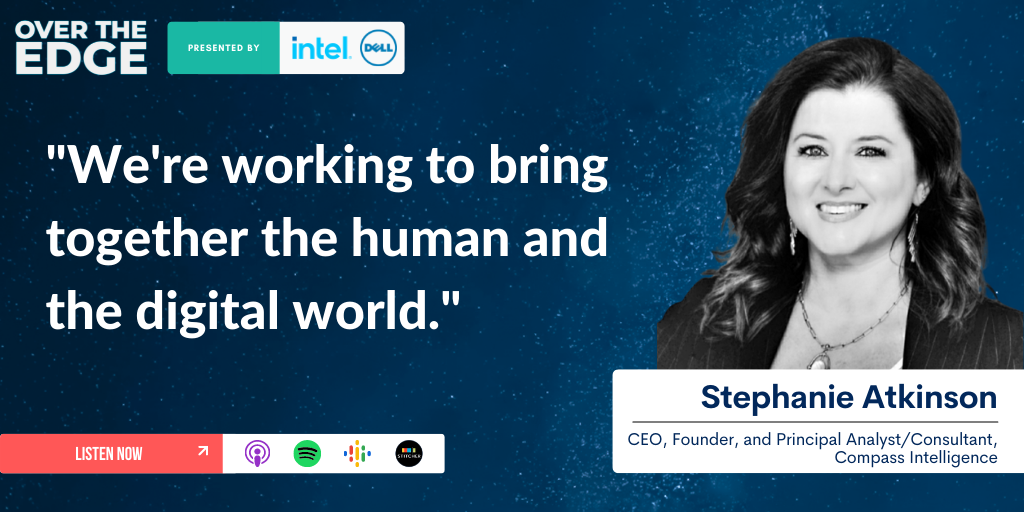
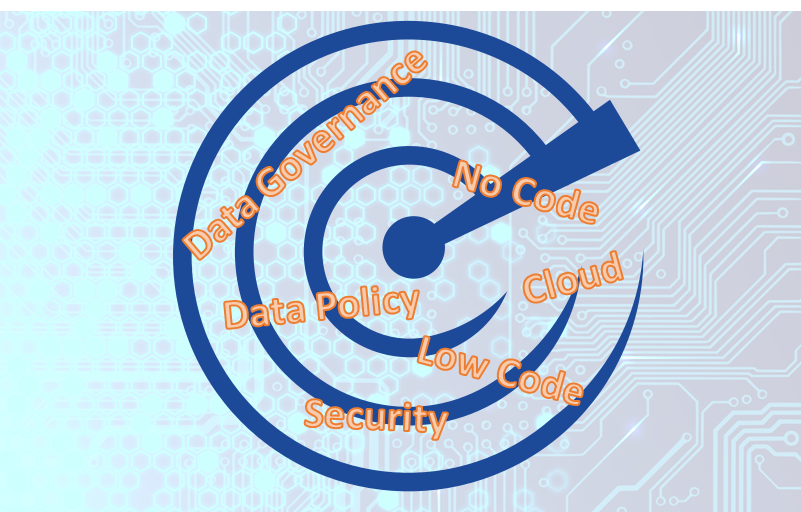

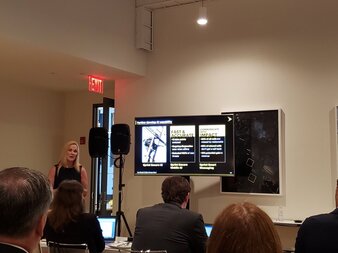
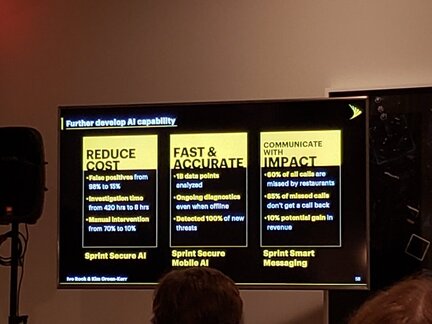
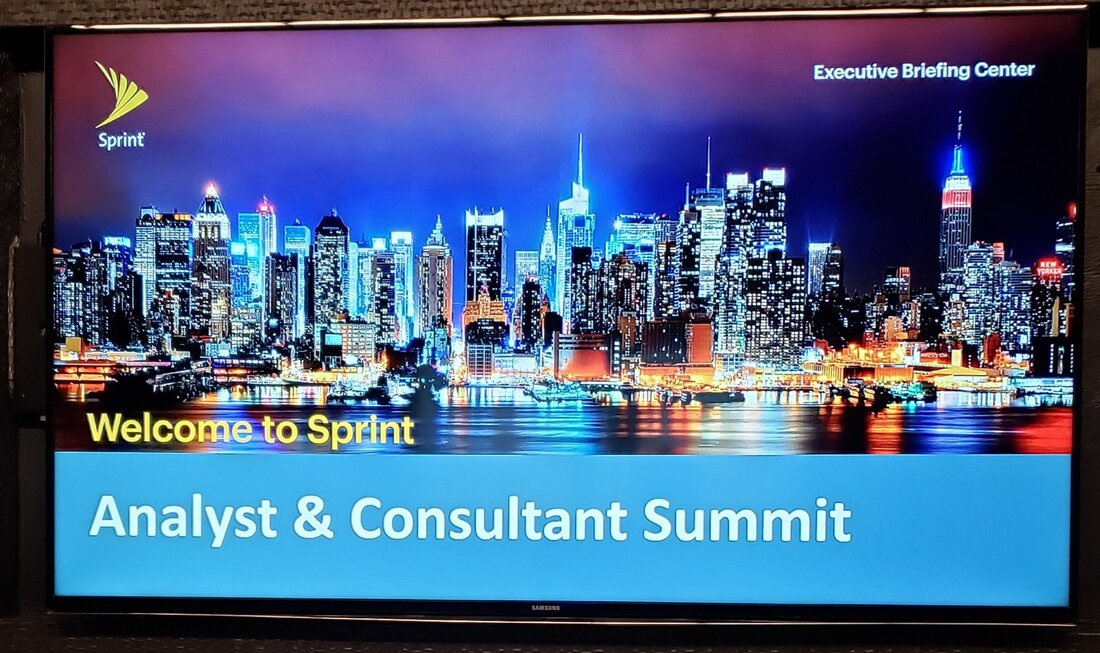
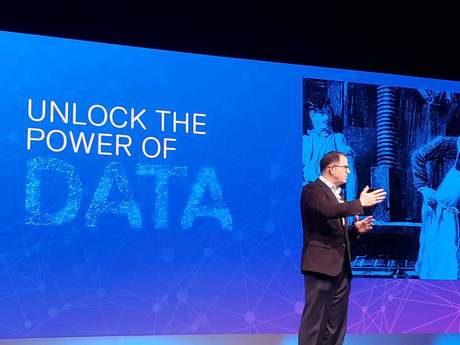
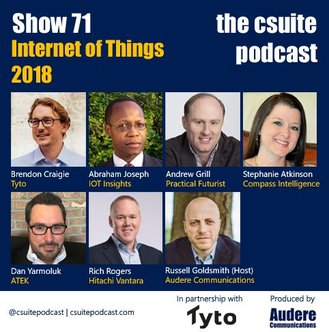
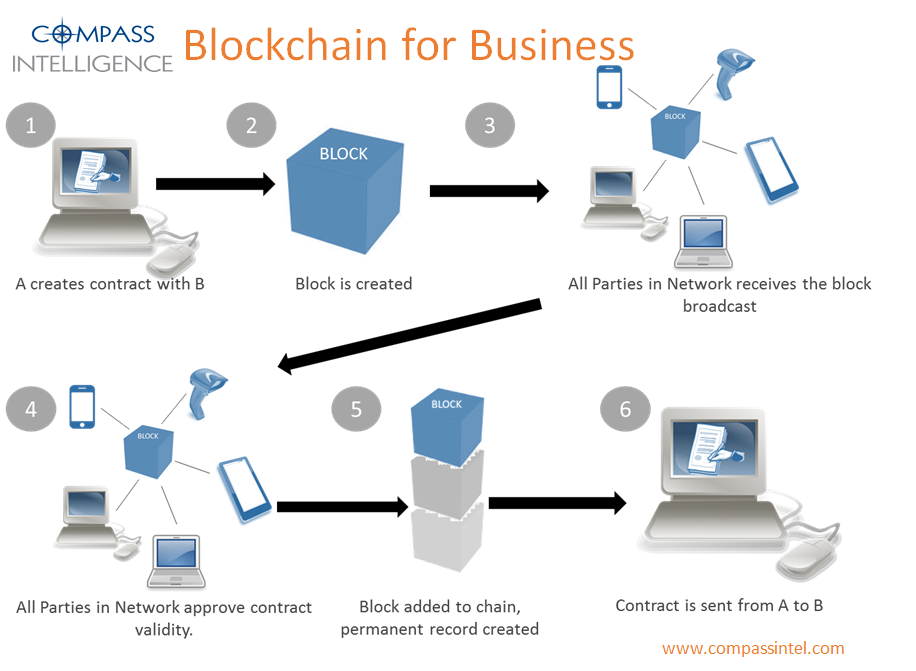

 RSS Feed
RSS Feed
